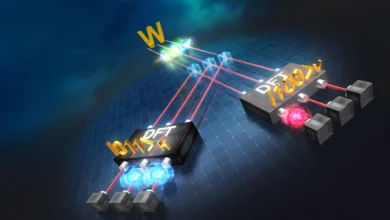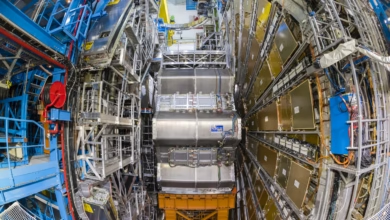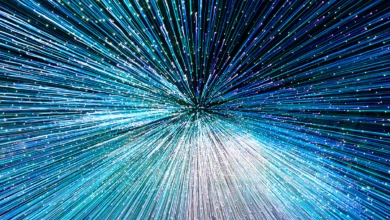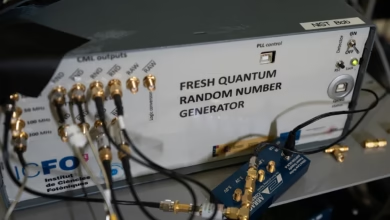AI Creates Unusual Yet Successful Physics Experiments
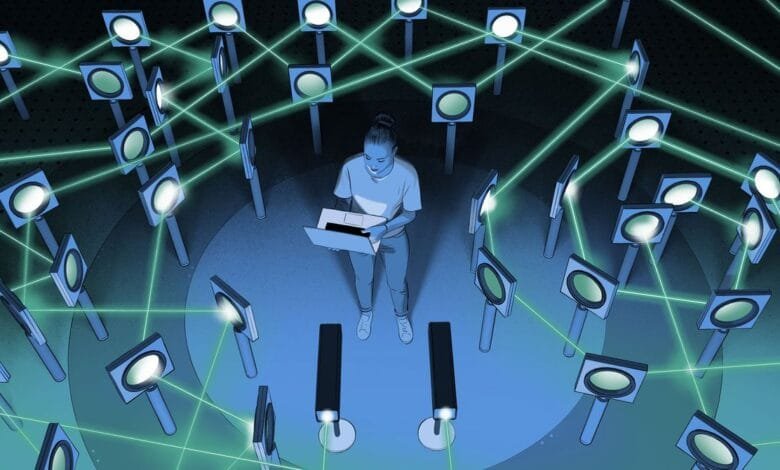
▼ Summary
– LIGO represents decades of collective human effort, making any AI-generated novel insights a significant achievement beyond existing expertise.
– AI is emerging as a powerful tool in physics, aiding in experiment design and uncovering patterns in complex data, such as symmetries in particle collider results.
– Quantum objects lack well-defined properties until measured, and entangled particles share a single quantum state regardless of distance.
– Entanglement swapping, demonstrated by Anton Zeilinger, allows previously unconnected particles to become entangled through experimental manipulation.
– Krenn’s team used graph-based AI software (PyTheus) to design quantum optics experiments by modeling components like beam splitters and photon paths.
Artificial intelligence is transforming how physicists approach complex experiments, uncovering solutions that elude even the most brilliant human minds. When Aephraim Steinberg, a quantum optics specialist at the University of Toronto, reflects on projects like LIGO, a decades-long endeavor involving thousands of researchers, he notes that AI’s ability to propose novel ideas reveals gaps in human thinking. While AI hasn’t yet produced groundbreaking discoveries in physics, its role as a collaborative tool is undeniable, helping scientists design experiments and identify hidden patterns in massive datasets.
At facilities like the Large Hadron Collider, machine learning algorithms have successfully extracted fundamental symmetries of nature from particle collision data. These principles, though not new, validate AI’s potential to interpret complex phenomena. Similarly, researchers have leveraged AI to refine equations modeling dark matter distribution, demonstrating how machine-generated insights can guide human understanding.
Quantum Connections Redefined
Traditionally, entanglement was thought to require particles originating from the same source. But Nobel laureate Anton Zeilinger challenged this notion in the 1990s by demonstrating entanglement swapping, a process where two initially unrelated photon pairs become linked through intermediary interactions. His experiment involved manipulating photons from separate entangled pairs, ultimately entangling particles that had never directly interacted.
The AI Experiment Architect
As AI continues to evolve, its partnership with physicists promises to unlock deeper layers of reality, blending computational ingenuity with human curiosity to explore the universe’s most elusive secrets.
(Source: Wired)
